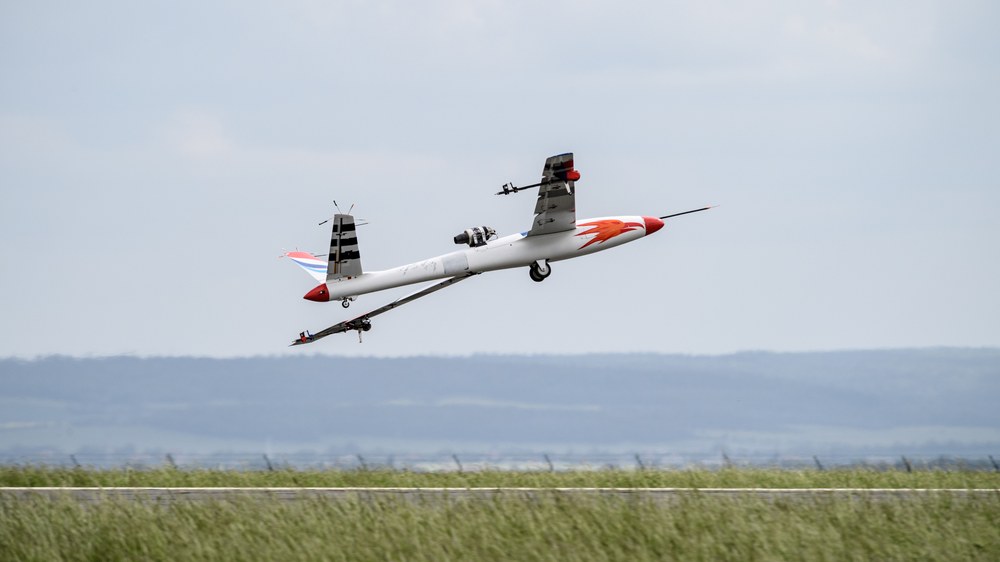Flutter suppression
The scientists used their model integration environment VarLOADS to develop the control design and verification models, based on CAD, Finite Element, mass and modal data provided by their partners. This also includes data from Ground Vibration Tests (GVT) performed at the DLR Aeroelasticity Institute in Göttingen, conducted by a team from ONERA. Before the critical flutter speed was reached and exceeded in the last flight test campaign, it was crucial to accurately estimate the actual flutter speed and the corresponding modal behaviour. To this end, the scientists developed new model updating algorithms that allow to incorporate test results obtained from the GVT, or even flight test data in the simulation models. “Model updating algorithms combine phenomenological and behavioural model structures This is very practical from a control law design point of view, as it allows for a smooth continuation from initial theoretical to test-validated model data in the course of the design process”, explains Looye. The final flight test, performed without flutter suppression control laws, impressively confirmed the accuracy of the updated model regarding predicted flutter mechanism and flutter speed. Further information Successful demonstration of active flutter damping Project participants DLR Institut für Systemdynamik und Regelungstechnik in Oberpfaffenhofen, DLR-Institute für Aeroelastik in Göttingen, Institut für Computerwissenschaft und Kontrolle (SZTAKI) aus Ungarn, Französisches Labor für Luft- und Raumfahrt (ONERA),

